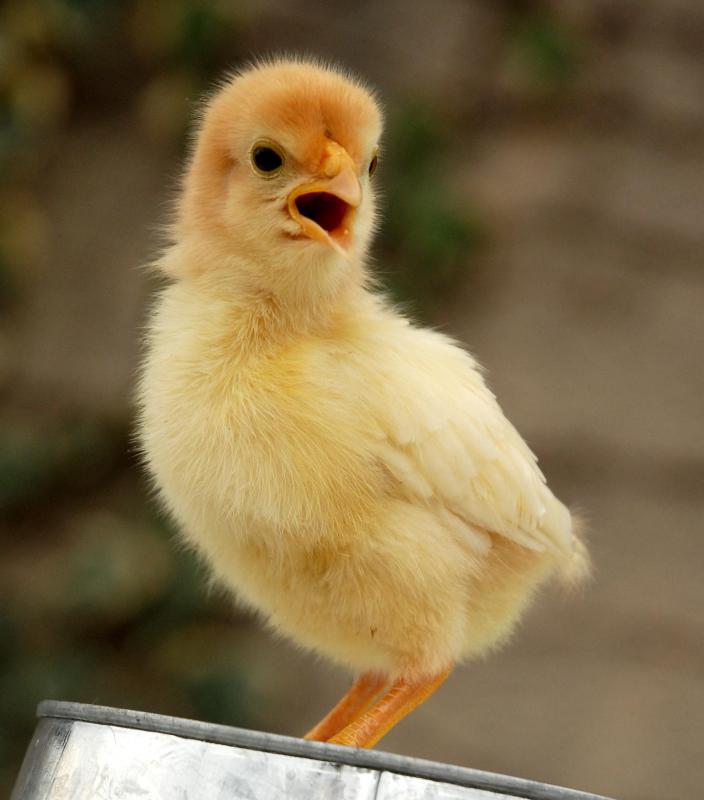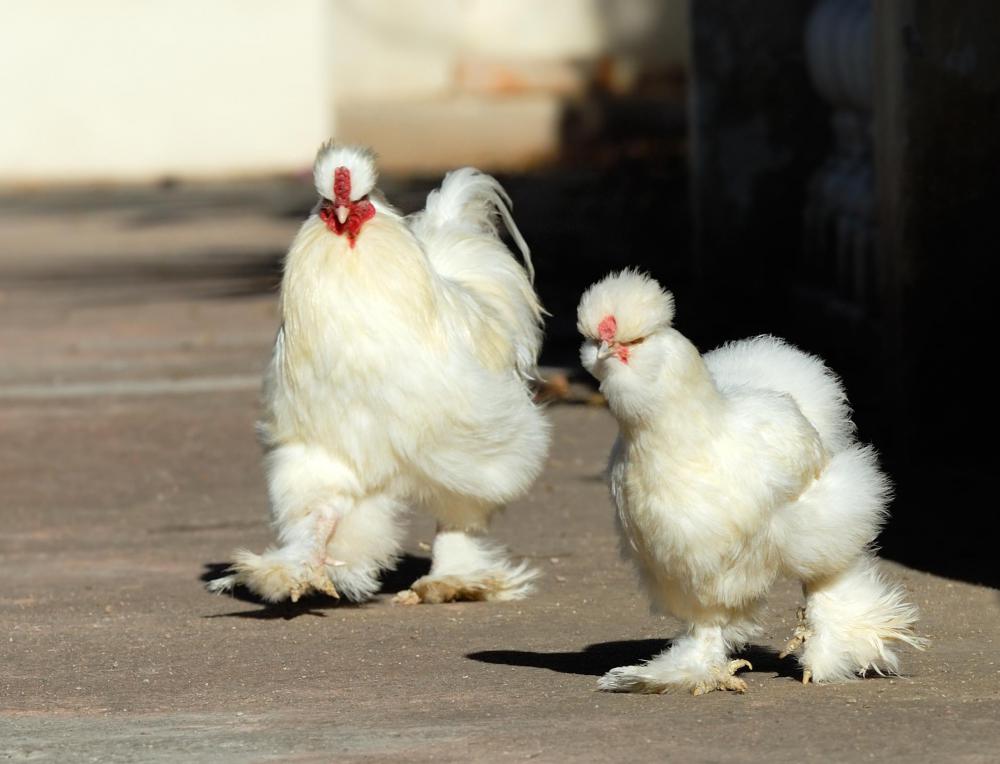At WiseGEEK, we're committed to delivering accurate, trustworthy information. Our expert-authored content is rigorously fact-checked and sourced from credible authorities. Discover how we uphold the highest standards in providing you with reliable knowledge.
What is the Poultry Industry?
The poultry industry is a vast global industry concerned with the raising of birds such as geese, turkeys, ducks, and chickens, for meat, eggs, or feathers. This enormous industry helps meet the world's voracious appetite for poultry products, including both for food and for products such as down-filled furnishings. Many environmental and animal rights groups oppose the poultry industry for inhumane practices, such as force feeding, inhumane methods of killing and harvesting, and insufficient cage space. This has led to a recent trend that favors older farming methods of poultry as opposed to highly efficient industrial methods.
Chickens make up the vast majority of animals in the poultry industry. Used for meat as well as eggs, these relatively docile creatures are a mainstay of the industry and find their way into pet food and furnishings as well as omelets and rotisseries. Estimates for the chicken population in the world in the 21st century range between 15-35 billion, almost all of which are entirely used for commercial purposes. China and the United States are the generally considered to be the largest producers of chickens for the poultry industry, but estimates of actual numbers vary.

Geese and ducks are used in the poultry industry for their meet, eggs, and feathers. One particular goose product, known as foie gras, has caused large amounts of controversy in the 21st century due to concerns over the way geese are treated in order to create foie gras. Geese are generally force-fed through a feeding tube that is pushed down their throats and often causes severe esophageal damage. Force feeding is done to create a fatty liver, which is desirable for foie gras production. Several regions and even some nations have banned the use of force-feeding tubes in poultry operations.

There are two predominant methods of large-scale poultry businesses. The more factory-based approach, known as intensive poultry farming, cuts down on space needed and feeding time by putting birds into long rows of small individual cages where they are kept constantly. Free range farming allows birds access to large outdoor areas during the daytime, but requires more land.

Despite the enormous scale of the poultry industry, controversy frequently surrounds poultry operations, especially those that engage in intensive farming techniques. One of the concerns include the placement of chickens in cages that do not allow free movement, or even the ability to turn around. Some critics also object to the common practice of de-beaking, which proponents say cuts down on fighting between egg-laying hens. Many activists have also raised concerns over the use of antibiotics in animals that produce food for humans, though proponents insist this is a safe practice that guarantees a healthier poultry population. Another concern relates to the slaughterhouse industry that works in tandem with the poultry industry, with some evidence showing that meat and eggs are frequently contaminated with harmful bacteria due to poor oversight in large-scale facilities.
AS FEATURED ON:
AS FEATURED ON:
















Discuss this Article
Post your comments